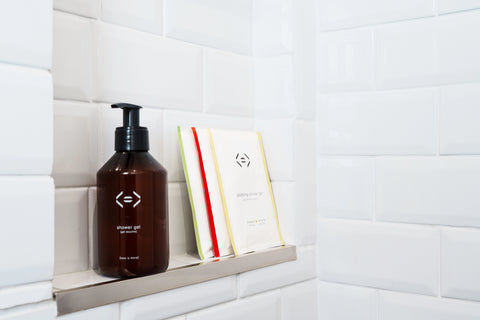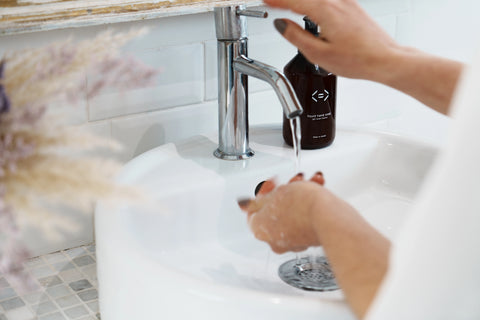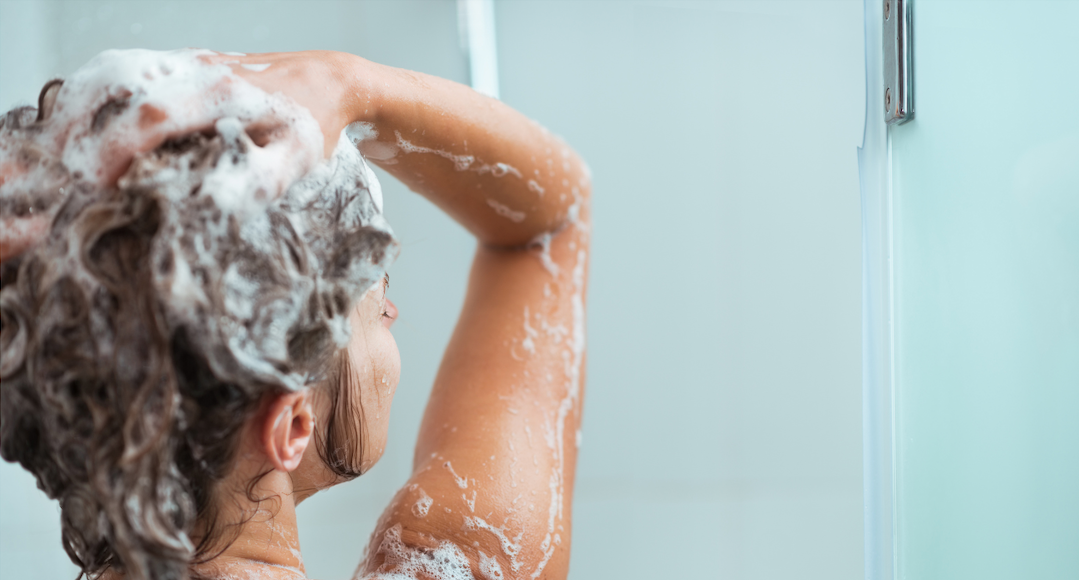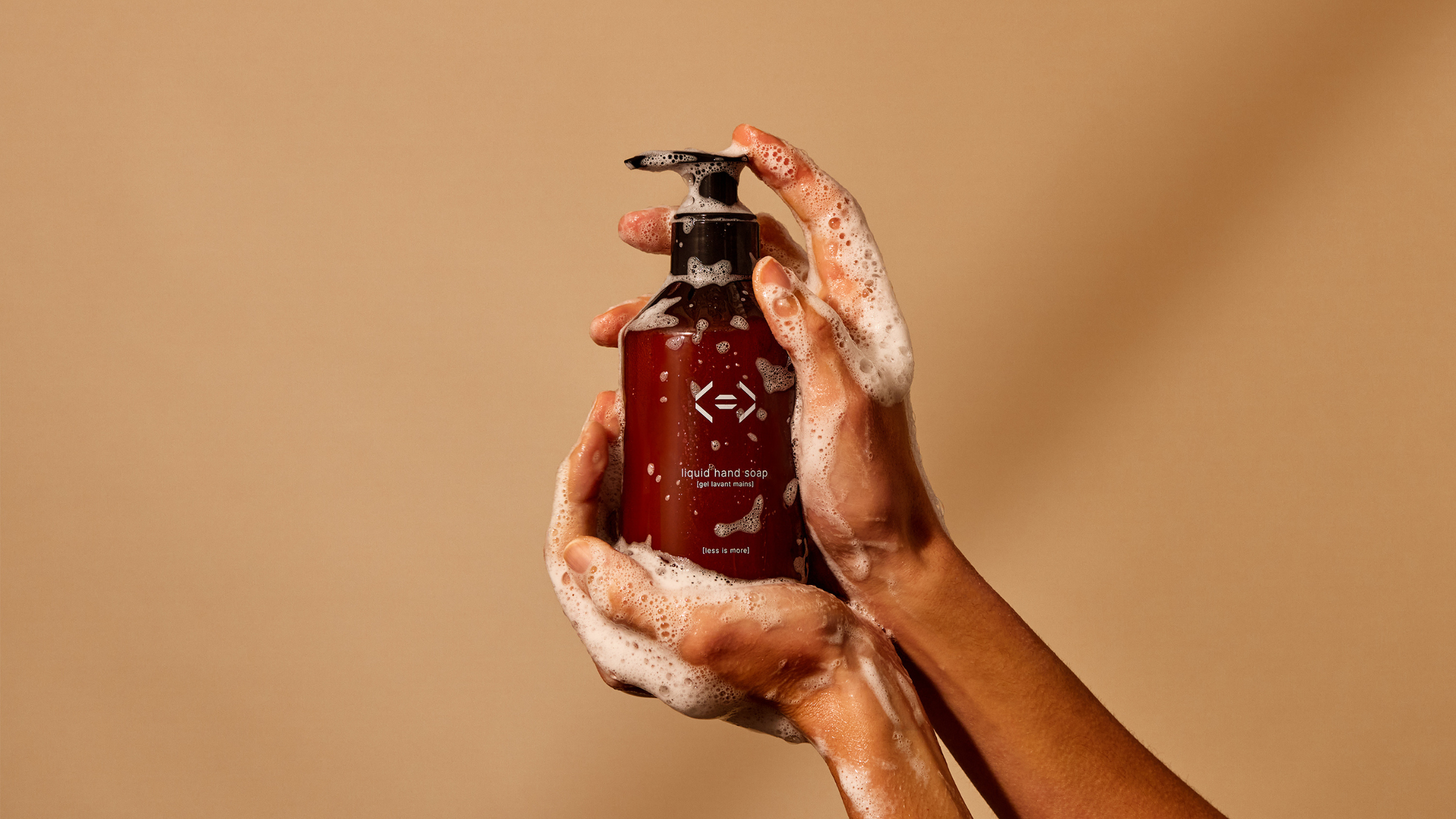In the world of body care, choosing between shower gel and soap is crucial for the health of your skin. Although they share the same primary goal - to clean your body - these two products have significant differences in terms of composition, pH, and impact on the skin. This article guides you through these differences to help you choose the most suitable product for your specific needs.
Characteristics of a shower gel
Shower gels are known for their liquid form and come in a wide variety of fragrances and formulas. They are specifically designed to create a rich lather that gently cleanses the skin without stripping it of its natural oils. Many shower gels contain added moisturizers to hydrate the skin and are pH-balanced to match the skin’s natural acidity, preventing irritation.
Characteristics of a soap
Soaps, on the other hand, are solid bars made through the process of saponification, combining fats or oils with an alkali, such as lye. Traditional soaps have a basic pH, which can disrupt the skin's natural acid mantle, potentially leading to dryness and irritation. However, they are highly effective at removing dirt, grease, and bacteria and often come with minimal packaging, making them a more eco-friendly option compared to traditional shower gels.
The main differences between a shower gel and soap
Shower Gel OR Soap: the composition is different

The pH of a shower gel and soap is different
Impact on the skin: hydration VS deep cleaning
The effect on the skin is perhaps the most important consideration when choosing between a shower gel and soap.
The impact on the skin of shower gels
Shower gels, enriched with moisturizing agents, leave the skin supple and well-hydrated after bathing. This makes them particularly suitable for dry or sensitive skin.
The impact on the skin of soaps
Soaps, however, offer effective deep cleaning. Their high detergent power allows removing dirt, sebum, and bacteria, which can be beneficial for oily skin or for use after a day of intense physical work.
For the hands: gel or soap
When it comes to washing your hands, the difference between gels and soaps can also have an impact. Hand gels, often designed for frequent use, are formulated to minimize skin dryness, offering a softer option compared to traditional soaps. This is particularly important in contexts where hand washing is frequent, such as in health facilities or during seasonal illness periods.
Less is more products combine the best of shower gel and soap
The "Less is More" line keeps body care simple with minimal, high-quality ingredients for effective results. Their shower gels use natural cleansers and essential oils to nourish skin without harsh chemicals. The soaps are made with organic ingredients, preserving glycerin for moisture, and avoiding synthetic colors. This approach prioritizes skin and environmental health.
In conclusion, the choice between shower gel and soap depends on many factors, including skin type, personal preferences, and environmental considerations. While shower gels offer a softer and moisturizing experience, soaps are ideal for those looking for effective deep cleaning. By understanding the key differences in terms of composition, pH, and impact on the skin, you can make an informed choice that best suits your body care needs.
Why use a soap-free shower gel?
Using a soap-free shower gel allows cleaning the skin without disrupting its natural pH or drying it out, thanks to gentle formulas suitable for sensitive skin.
Can you wash your body with hand soap?
Yes, you can wash your body with hand soap, but it may be more drying for the skin than products specifically designed for the body.
Is it good to wash with soap?
Washing with soap is effective in removing dirt and bacteria, but it is important to choose a soap suited to your skin type to avoid dryness or irritation.





Leave a comment
This site is protected by hCaptcha and the hCaptcha Privacy Policy and Terms of Service apply.